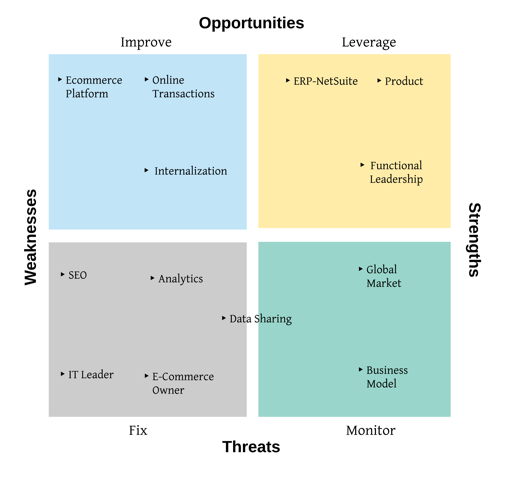'Lean' is a methodology that is focused on more effective processes for collaboration and decision-making. Thus, lean is a widely-applicable set of practices; and, can be applied to almost any problem domain. The approach originated in manufacturing and process engineering with minimizing inventory, rework, and other 'waste' in automated processes. Lean was formulated by Toyota, as fundamental to the Toyota Production System.

Yet, lean methodologies have been used for diverse activities such as strategic planning, management, organizational change, and software development. Lean can be seen as a focus on people – what they know or intuit and how to enable the piratical use of this knowledge. The essential principles of a lean process are the following:
- Eliminate waste
- Build quality in
- Create knowledge
- Defer commitment
- Deliver fast
- Respect people
- Optimize the whole
At the recent Gilbane Conference, I gave a presentation, Mind the Gap – Lean Assessment of CMS & Ecommerce Needs, on applying these principles to assessment engagements for clients. Quoin has used a lean process to effectively engage domain experts, understand requirements, and derive practical recommendations. Our use of lean has been to defined a lightweight and flexible process that focuses more on capturing knowledge from individuals and less on deliverables unlikely to add value. As a consulting organization, we can offer our perspective from working for a range of clients in diverse sectors. Yet, we also build software, and can provide well-informed guidance on technology and tools. Our clients respond to this mix of insight and practical experience. The presentation outlined our basic process and some specific tactics for conducting a lean assessment.
The basic steps in our process include the following:
- Prepare – read everything possible
- Kickoff – convene stakeholders and discern goals
- Background – conduct structured interviews
- Initial Analysis – specify domain concepts
- Evaluation Criteria – derive specific criteria
- Generate Recommendations – build a case
- Closeout – advocate for action
Step 4 - 5 represent the activities that are the most specific to our interpretation of a lean methodology. The remaining steps (Step 1 - 3, Step 6 - 7) are general consulting activities that focus on traditional planning, research, and facilitation skills. Thus, the effort focused on analysis and evaluation criteria require specific techniques based on the client and project. Our consultants have used a range of practices – process modeling, gap analysis, concept mapping, and others. One technique that provides the optimal balance of structure and flexibility is the SWOT (Strengths, Weaknesses, Threats, Opportunities) Analysis. This is a familiar analysis and business school technique for creating a shared framework for a problem. Figure 1 shows an example from a recent client assessment.

As illustrated, a SWOT analysis allows the evaluation of any aspect of the problem as a strength or weakness and as an opportunity or threat. Aspect in this case can describe the organization, capabilities, product feature, or fundamentally any concept important to assess. The placement of each aspect on these two axis represent a relative measure of these characteristics. Although the evaluation of each aspect is subjective, the technique facilitates discussion about what is meant by each aspect and relative strength/weakness and opportunity/threat that the particular aspect represents in the problem. A SWOT analysis is just one of many technique that can be applied to support the analysis and evaluation criteria steps in our process. We have just found this to be a broadly useful tool.
One key to a lean assessment process is to be flexible. Each client, project, and environment might require different techniques. We have found that certain situations require a greater emphasis on quantitative analysis or modeling to support our assessment and eventual recommendations. Our consultants will understand the factors that indicate the need for additional effort and work products. This can be a result of a more complex or data-dependent assessment. Yet, a client demand for additional detail can also indicated that there are more fundamental questions about the overall assessment process. In practice, we are careful not to be drawn into adding scope, if the client stakeholders simply do not support the likely outcome. This problem really has to be solved through building a consensus, and would have to occur at the start of the assessment.

